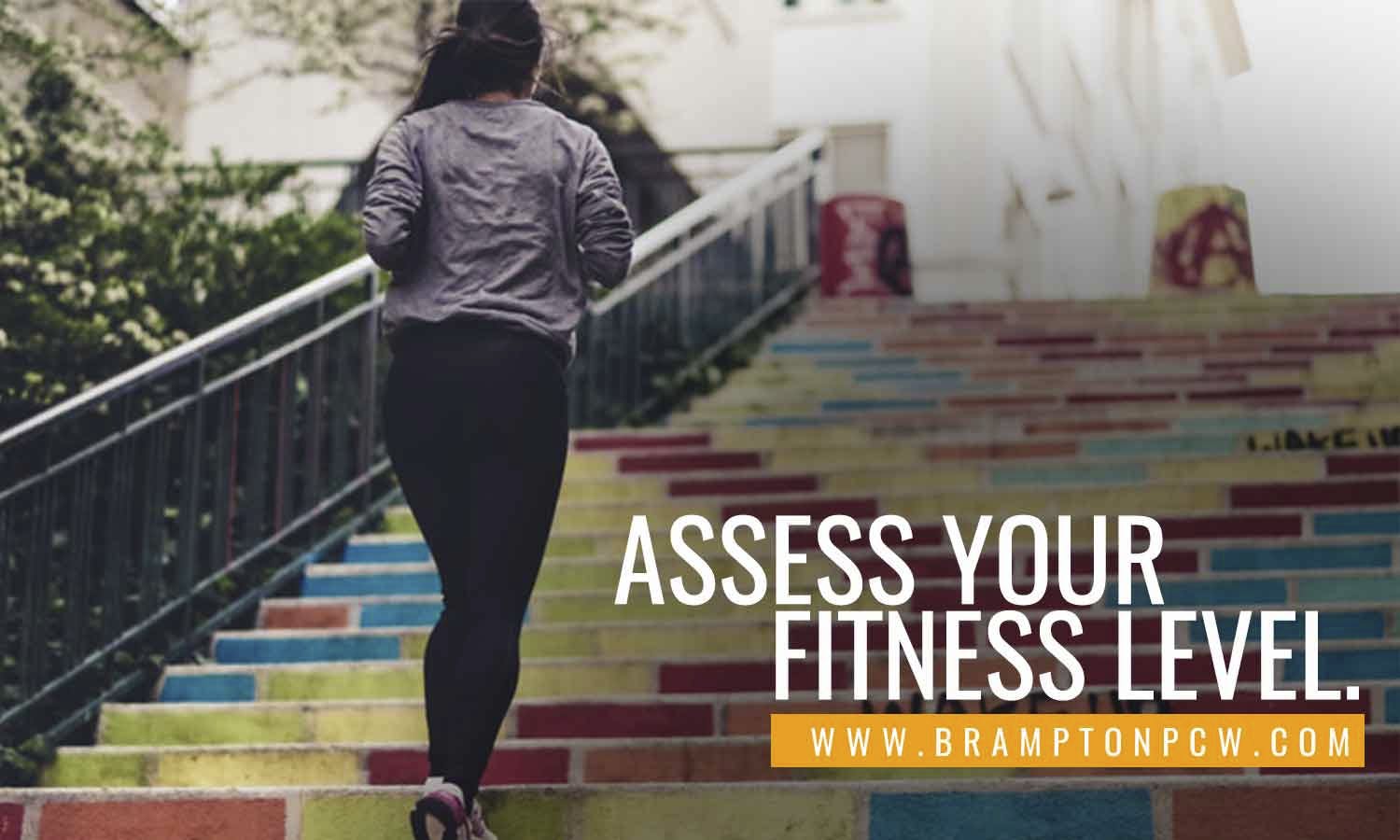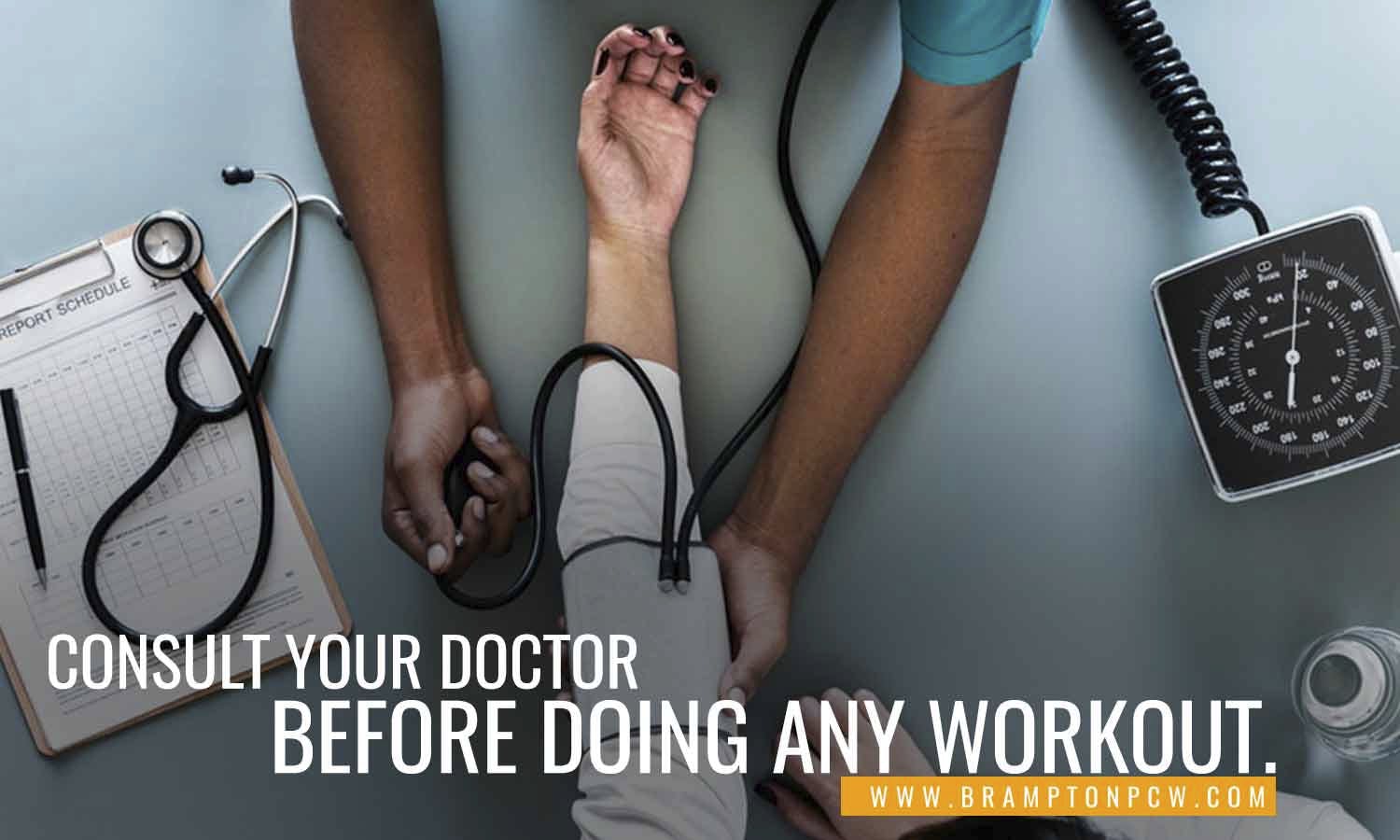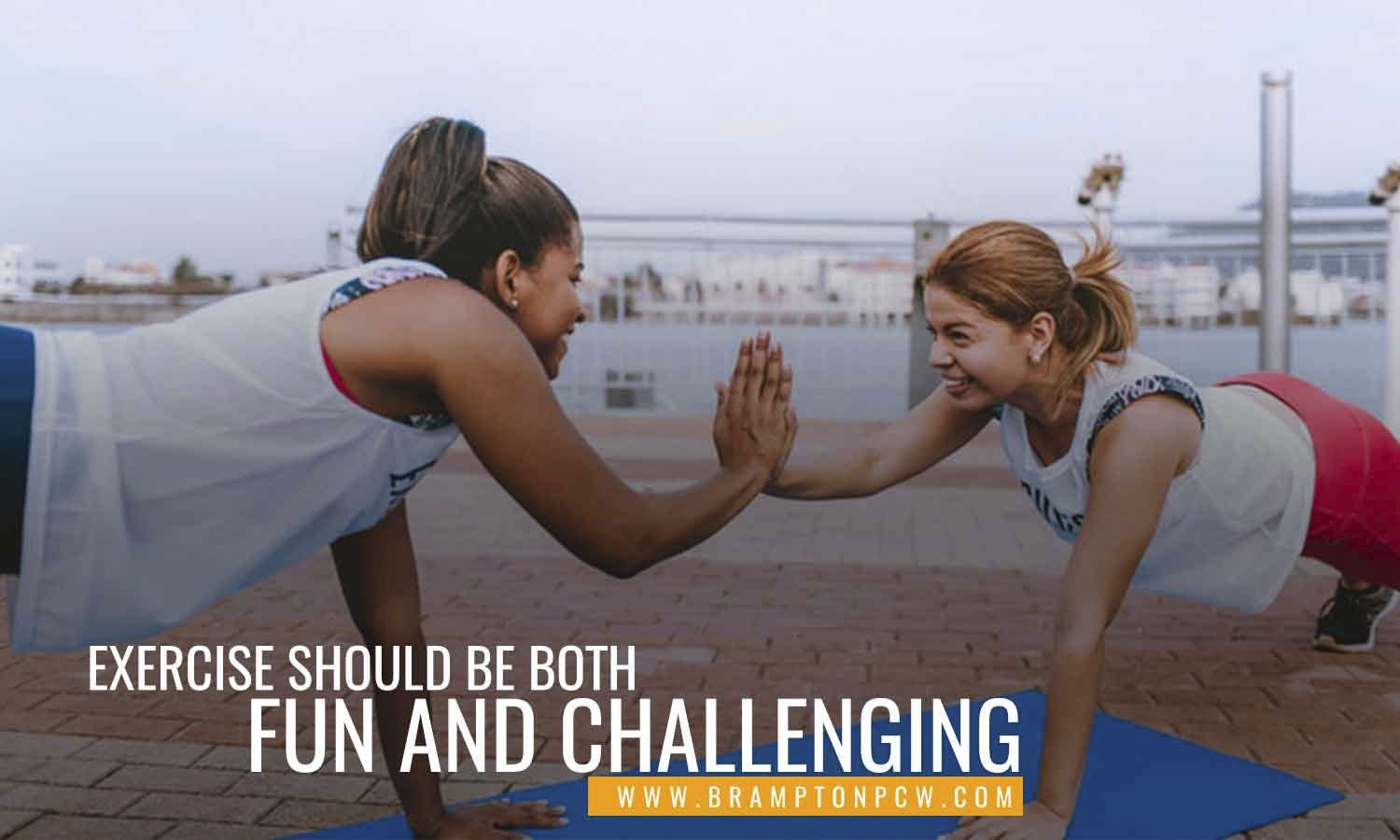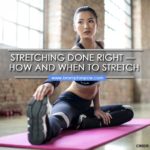So you’ve resolved to make decisive steps toward becoming fit and healthy this year. You turn to Google to do a quick search on what exercises you should be doing to achieve the body you’ve been dreaming about. How do you sift through the tons of information the internet offers you to know which workout plan is right for you?
Choosing exercises that will form your routine isn’t as arbitrary as deciding which outfit to wear to work on a given day. Creating a workout routine that seamlessly fits your physical needs, fitness goals, lifestyle, and schedule requires thorough planning, research, and fitness assessment.
Reach your fitness goals and live the active life you want this year by creating a well-rounded and meticulously designed workout plan. Here’s a handy guide to get you started:
Get Clear with Your Fitness Goals
Like all other plans, a good workout plan is built on a definite goal. Before hitting the nearest gym, sit down, get a pen and paper, and take some time to list your objectives for starting a workout routine. Getting clear with your goals is crucial in determining the exercises you will need to include in your routine and in identifying the exact amount of time to carve out in your schedule.
Be very specific with your goals and go deeper than vague reasons like “to be fit,” “to improve my well-being,” or “to lose weight.” The more detailed you are with your goals, the stronger you’ll stay motivated and stick to your routine.
Here’s a guide to help you refine your fitness goals:
- Set the big goal. This is the overall goal of your workout plan and can be anything from gaining/losing weight or reducing excess fat. Then set the specific figure you want to achieve and your target date. (e.g. “My goal is to lose/gain 20 pounds by the 30th of March.”)
- Break down the bigger goal. Splitting your goal into manageable chunks makes it easier to achieve in terms of days, weeks, and months. For example, to lose 32 pounds by the end of April, you might consider starting your workout routine in January and aim to lose eight pounds every month until May. (Still, this is a lofty goal and sometimes as you exercise you’ll gain muscle weight. Talk to your doctor, nutritionist, or fitness expert to help set a realistic, attainable goal that doesn’t set you up for disappointment.)
- Set weekly and daily action plans. If your plan is to lose eight pounds in 11 months, your action plan should be to exercise three times a week and design a daily weight-loss diet.

Consider Your Current Fitness Level
Your workout plan should revolve around your physical ability to train and participate in any forms of muscular, cardiovascular, and aerobic exercises. A deep understanding of your baseline fitness scores is important in defining your goals and tracking your progress. This also allows you to benchmark your exercises according to your physical capacity and set limits to avoid workout-related injuries. Here are four basic tests that reveal your capacity and endurance for exercise:
- Bodyweight Squat - This test assesses lower body endurance.
- Plank - The focus of this exercise is the core, which is composed of the following muscles: abs, obliques, back muscles, and muscles around the pelvis.
- Push-up - Tests the strength and endurance of the upper body.
- Burpee - Assesses the fitness level of the upper body, core, and lower body altogether. Performing burpees also tests your lung capacity.
A series of fitness tests can be performed at home and will help you record your fitness level without needing any gym equipment.

Examine Your Health Condition
Do you have health issues? If you’re well into your 40’s and haven’t done any physical activities before, or are diagnosed with a chronic medical condition like heart disease or diabetes, consult your doctor before starting a workout routine. Note that balance and muscle performance decline as a person ages. However, this doesn’t mean that you should quit exercise entirely or that any type of physical activity won’t benefit your body. According to the Canadian Society for Exercise Physiology, adults aged 18 to 64 should perform a total of 150 minutes of moderate-to-vigorous intensity exercise per week, in bouts of 10 minutes or more to reduce the risk of stroke, heart disease, high blood pressure, and osteoporosis.

Build Your Workout on the Foundations of Fitness
As you plan your program, make sure that every exercise you incorporate is aligned with these aspects of fitness:
- Aerobic - Perform exercises that work on your breathing and maximize the oxygen in your blood. Aerobic activities boost the efficiency of your heart, lungs, and blood vessels in delivering oxygen throughout your body. These activities include brisk walking, jogging, biking, swimming, dancing, and water aerobics. House chores like raking, snow shoveling, and vacuuming also fall into this category.
- Strength - The development of your muscular fitness is central to any workout plan. Exercises that build your muscular strength help enhance your ability to perform daily activities that involve major muscle groups. Try exercises like pull ups, push ups, crunches, and leg squats for strength-building.
- Core - Your plan should include exercises that train your core muscles, namely the abdomen, lower back, and pelvis. Core exercises also strengthen your upper and lower body muscles. Examples of these exercises are planks, fitness ball exercises, and bridges.
- Balance training - Balancing exercises are also essential as they help to stabilize your core muscles. These exercises are ideal for older adults. Tai chi is one of the best workouts for promoting good balance.
- Flexibility - A good routine should develop your flexibility, so be sure to include stretching exercises in your plan. Regular flexibility training improves the range of motion of your joints and enhances your posture.

Do What Gives You Enthusiasm and Energy
While you need to be crushing your fitness goals, you also need to enjoy your workout. Choose a fitness program you enjoy and that sparks enthusiasm. You’re more likely to stick to and be consistent with your workout when you enjoy what you’re doing. Enroll in an aerobics class if you love dancing and socializing with others. If you’re curious to try rigorous exercises, get into high-intensity interval training.
Your workout should push you further ahead to your goals as you put in the hours of training every day. Should the time come that you lose your interest in your routine, feel free to explore something new. Continue to look for exercises that improve your overall well-being and make you healthier for years to come.
When you need the guidance of a fitness expert, Brampton Ortho Neuro Physiocare has a team of qualified sports therapists who can assist you in planning a great workout regimen based on your needs. We also help in the treatment of injuries from sports activity or overexertion. Call us at (905) 454-4975 and let us guide you as you achieve your fitness goals.







